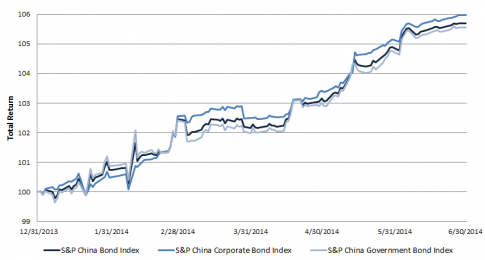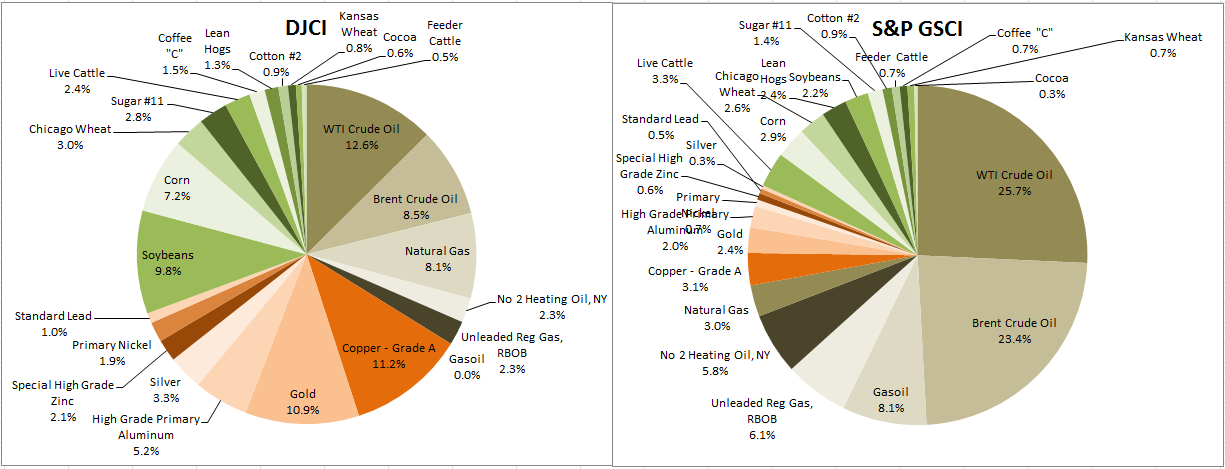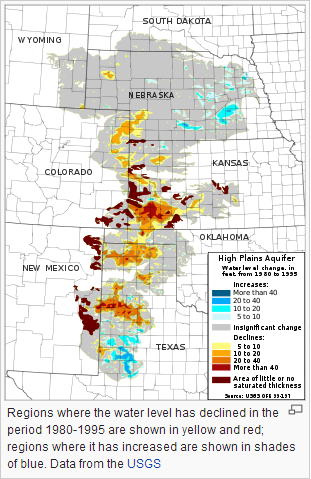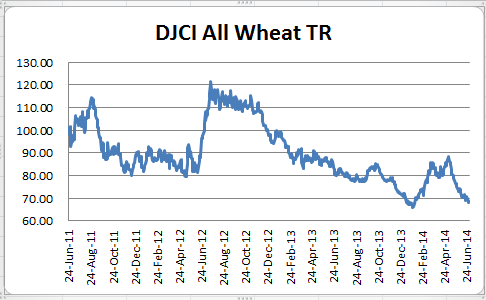As the Chinese bond market rapidly expands, reaching almost CNY 30 trillion, it has gained an increasing amount of attention from global investors. Tracked by the S&P China Bond Index, the total return of the CNY-denominated bonds rose 5.7% in the 1H of 2014.
While the risk of default put downward pressure to the Chinese corporates in the beginning of year, the sentiment improved as the government strives to roll out financial reforms and promote growth. The S&P China Corporate Bond Index managed to retreat from the lows and delivered a total return of 5.98%, which outperformed the S&P China Government Bond Index in the same period. Please see Exhibit 1 below.
While both Chinese government and corporate bonds traded tighter, the yield of the S&P China Corporate Bond Index tightened by 91bps to 5.56%, as of June 30, 2014. Notably, the yields of the sector level indices – S&P China Services Bond Index and S&P China Utilities Bond Index tightened by 1.08% and 1.14% respectively.
The Chinese government continues to support the economy while carrying out financial and capital market reforms. For example, the China Banking Regulatory Commission (CBRC) recently announced changes in the calculation of the Loan to Deposit Ratio (LDR). The ratio is adjusted by exempting certain loans (i.e. backed by financial bonds) and including Negotiable Certificate of Deposits (NCDs) and certain offshore deposits.
Separately, the regulatory support for offshore RMB business also accelerated, three offshore RMB clearing banks were established in London, Frankfurt and Seoul, while Paris and Luxembourg are the next potential candidates.
Exhibit 1: Total Return Performance of the S&P China Bond Index
Source: S&P Dow Jones Indices. Data as of June 30, 2014. Charts are provided for illustrative purposes. Past performance is not a guarantee of future results.
The posts on this blog are opinions, not advice. Please read our Disclaimers.
















































